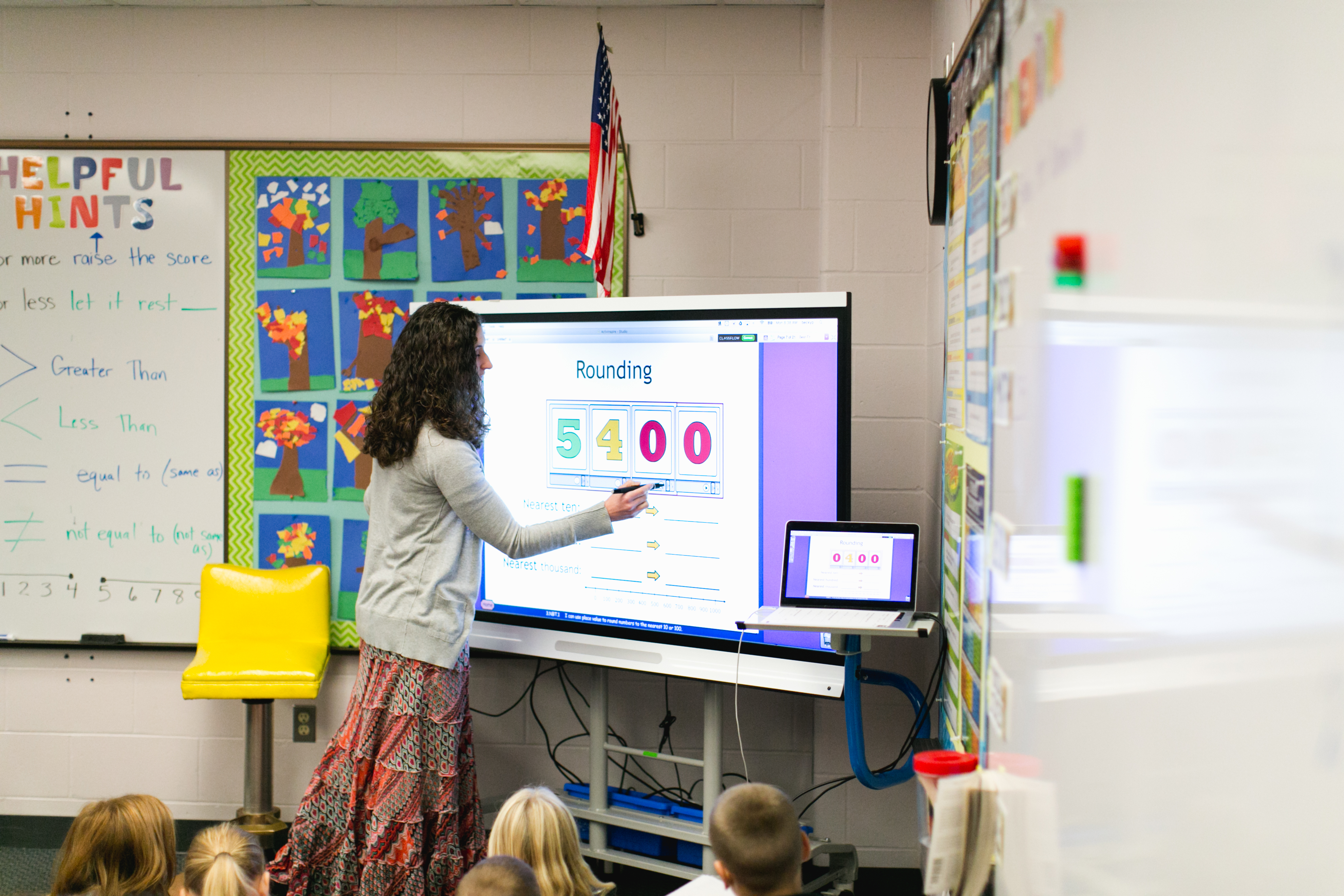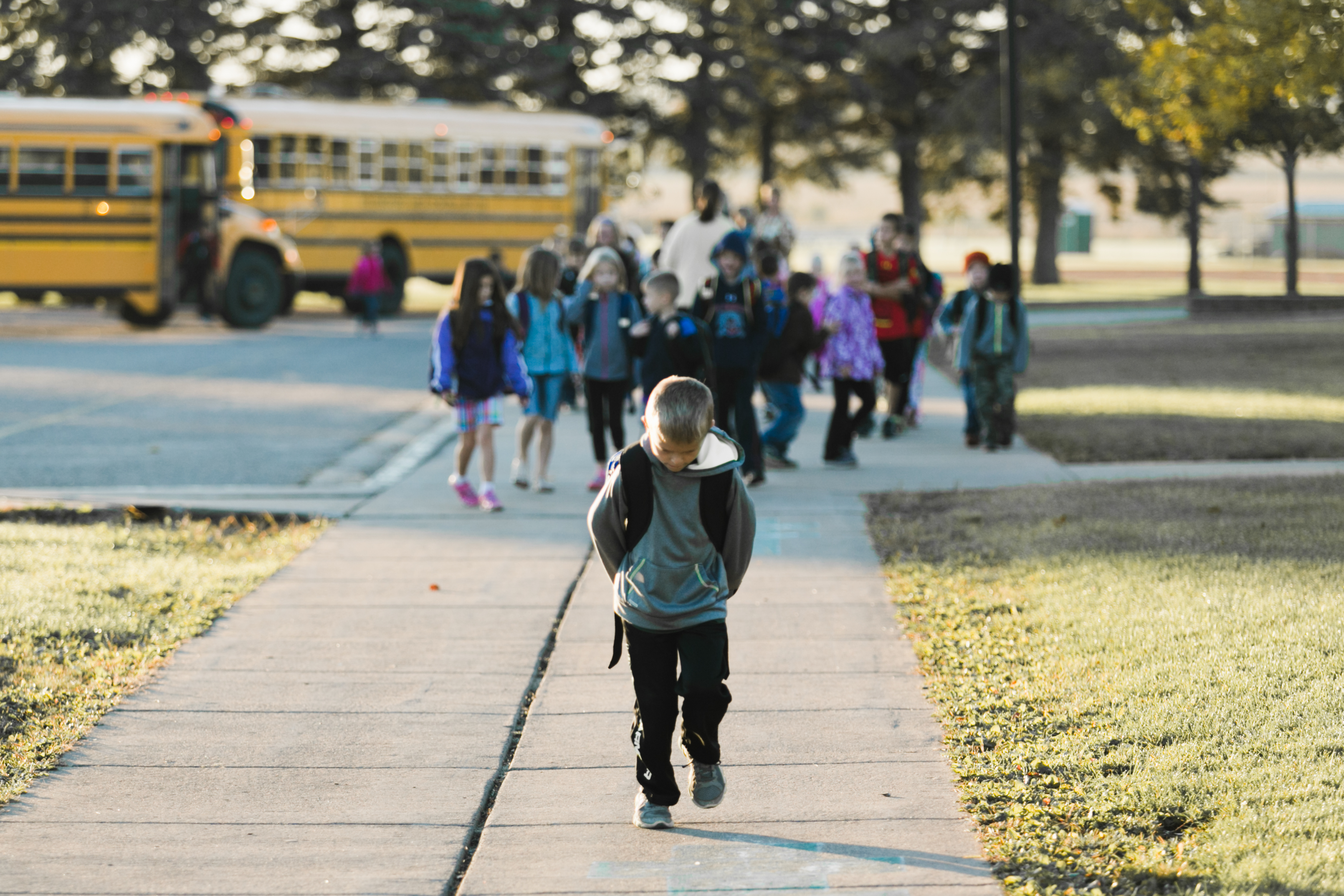Ninety Minnesota public school districts and charter schools received school safety grants from the Minnesota Department of Education (MDE). These grants, provided through funding approved by the Minnesota Legislature last session, will be used for security and violence prevention improvements at 123 building sites across the state.
The funds may be used to predesign, design, construct, furnish and equip school facilities, including renovating and expanding existing buildings.
MDE received a total of 1,187 complete applications, requesting $255.5 million—more than 10 times the available amount of funding.
“Students and teachers clearly need more support to ensure our kids are safe,” said Education Commissioner Brenda Cassellius. “When we have more than 1,000 schools asking for over $250 million in funding to secure their buildings, we must respond with urgency. The school safety grants announced today only scratch the surface. A more comprehensive approach, including efforts to improve school climate, expand mental health services, and enact common-sense gun safety measures is needed.”
Gov. Mark Dayton proposed a more comprehensive Safe and Secure Schools Act package, including intervention and support for expelled students and improving student access to mental health support.
Districts were able to submit separate grant applications for each building. Due to the large number of applications received, high-priority projects submitted on the first day were assigned random numbers to determine the order of funding up to the available $25 million.
The final grant award values will be determined after recipients get complete bids from contractors.
Schools were able to apply with qualifying projects for up to $500,000 per building. The Minnesota Department of Education, in consultation with the Minnesota Department of Public Safety’s Minnesota School Safety Center, determined grant eligibility based on project priority, with half of the grant funds available to schools outside of the 11-county metropolitan area.
High-priority projects included improvements to exterior entry security, such as access controls, keyless entry systems, door locking and glass integrity, door alarm systems, and structure changes to main entrances. Additions or improvements to communication systems, such as electronic emergency notification systems for staff and first responders, were also considered high-priority projects.





